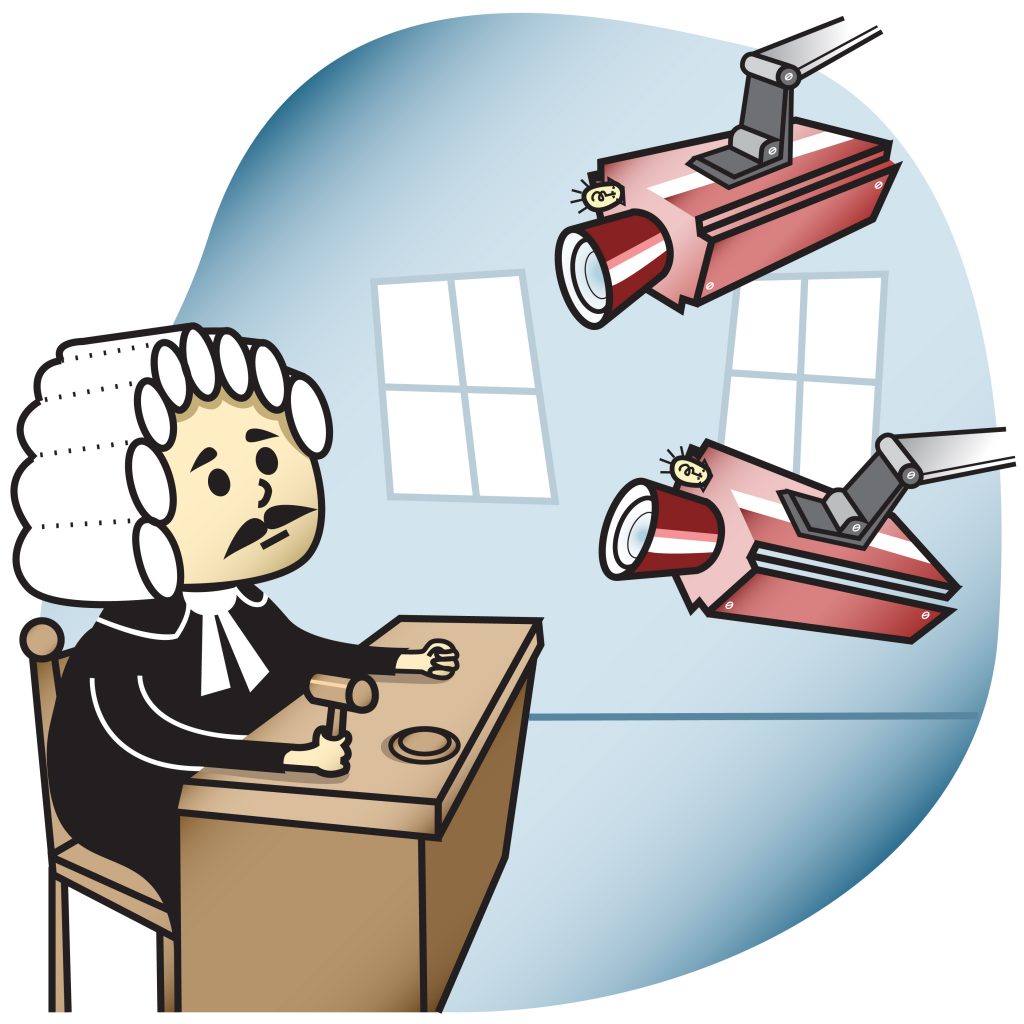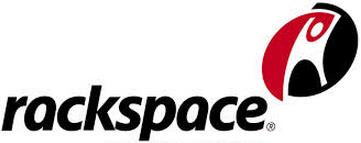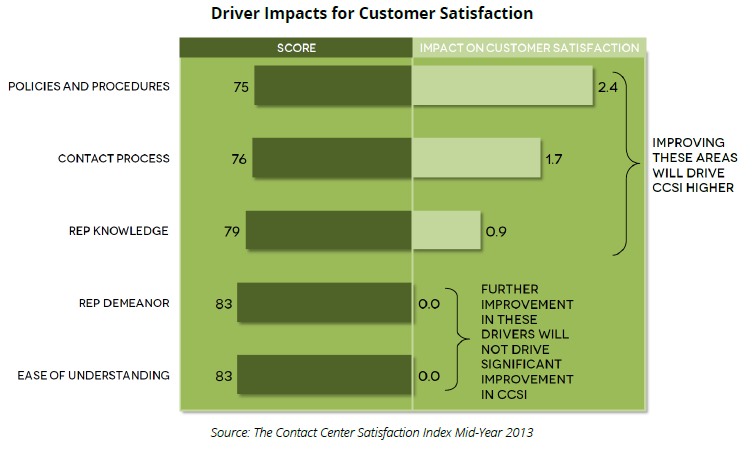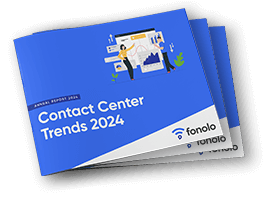
A few weeks ago I wrote about the growing popularity of the term “customer engagement” as the latest attempt to drive alignment between contact centers and business goals (“Goodbye Customer Experience, Hello Customer Engagement”). The core distinction between a “contact center” and a “customer engagement center”, at least according to Gartner, is that the latter has the expanded goal of “delivering the appropriate business rule to determine the next best action, information or process with which to engage the customer.”
Is there really a strong case to be made that this is a meaningful distinction? Or are the analysts guilty of playing semantics. Tune in on Feb 27 to our live Google Hangout where 4 top industry analysts will act as a jury to “try the case”. In the meantime, I have listed 4 “exhibits” below for your own consideration.
Exhibit A: Rackspace
Rackspace is well known for their extreme focus on customer service or, in their words, “fanatical support”. In this recent Forbes article, the author recounts a recent experience with one of their agents.
After answering the author’s initial question, the agent volunteered to help with, what seems like an unrelated matter (optimizing the author’s WordPress installation). There was no revenue for Rackspace tied to this conversation. This was not an “up-sell” or “cross-sell”, but it did create a moment of extreme engagement between customer and company. I see this as an example of the expanded scope of “customer engagement” vs. “customer experience”.
Exhibit B: TV Provider
This is another example where taking the grander perspective of “engagement” leads to an unexpected result. In this blog post, the author relates a recent experience waiting on hold for a TV service provider. She didn’t say which one, but my guess is DirectTV… just take a look at their long list of “onholdwith” complaints. The IVR told her that her position in line was “5” but then, a few minutes later, the IVR said her position was “7”. What happened? Well, we can guess. The company’s ACD was shuffling callers in the queue based on priority. Another customer – probably one with a more costly plan – got promoted to the front. That’s smart from the company’s perspective, but had a very negative impact on engagement with the caller who got bumped.
Exhibit C: LiveOps Acquires UserEvents
A few weeks ago, a small start-up called UserEvents was acquired by LiveOps, a major cloud-based call center provider. UserEvents has a “contextual routing engine” that tracks the behavior of customers across many different channels including social, web, mobile and voice calls, and then presents it to an enterprise in real time to help determine the next optimal action for that customer. Sound familiar? That lines up perfectly with the definition of a “customer engagement center” from the top of this post. Just to drive the point home: the product’s name is … CxEngage! (By the way, it’s terrific to see a good exit for an enterprise-focused Canadian startup!)
Exhibit D: Recent Survey Data
The Contact Center Satisfaction Index is published by the CFI group every year. One of its goals is to find out which “levers” a call center manager can pull to get better performance.
One chart in particular caught my eye. As you can see below, the changes with the biggest impacts are “policies and procedures” and “contact process”. You can read more this and related trends in our new whitepaper.

Discover the Contact Center Trends That Matter in 2024
Dig into industry trends and discover the changes that matter to your business in the year ahead.